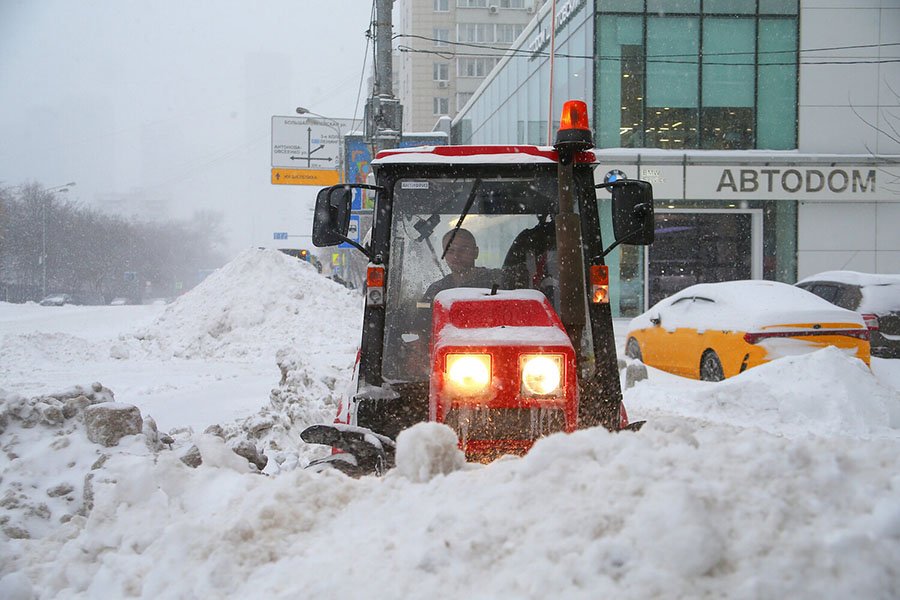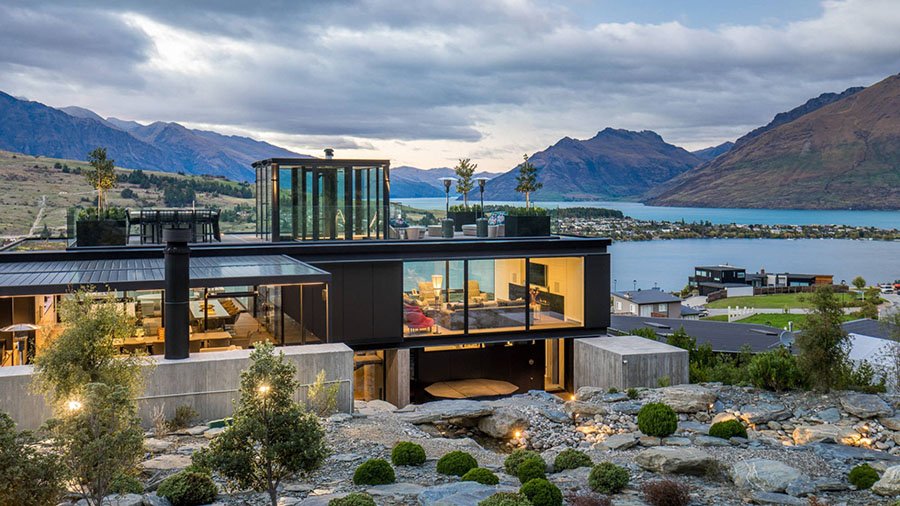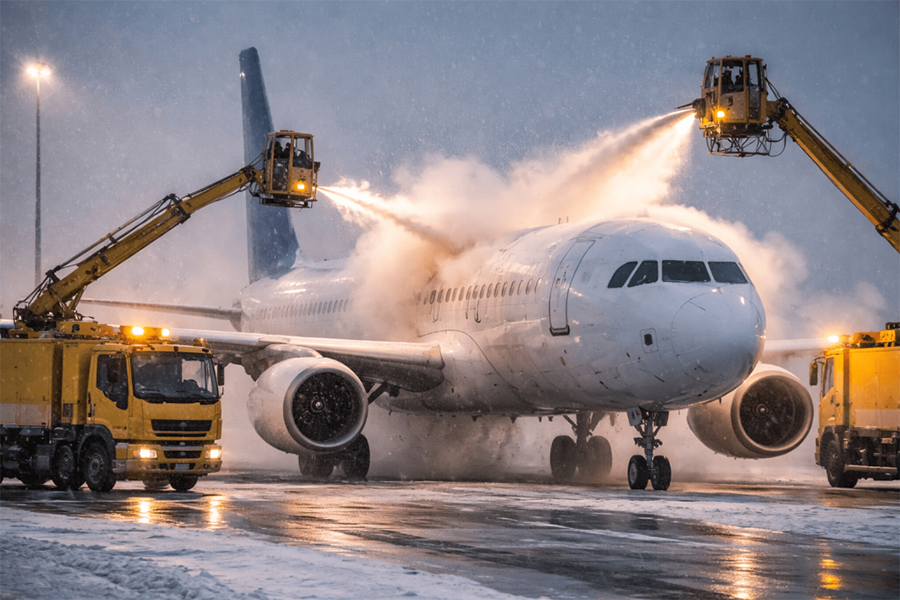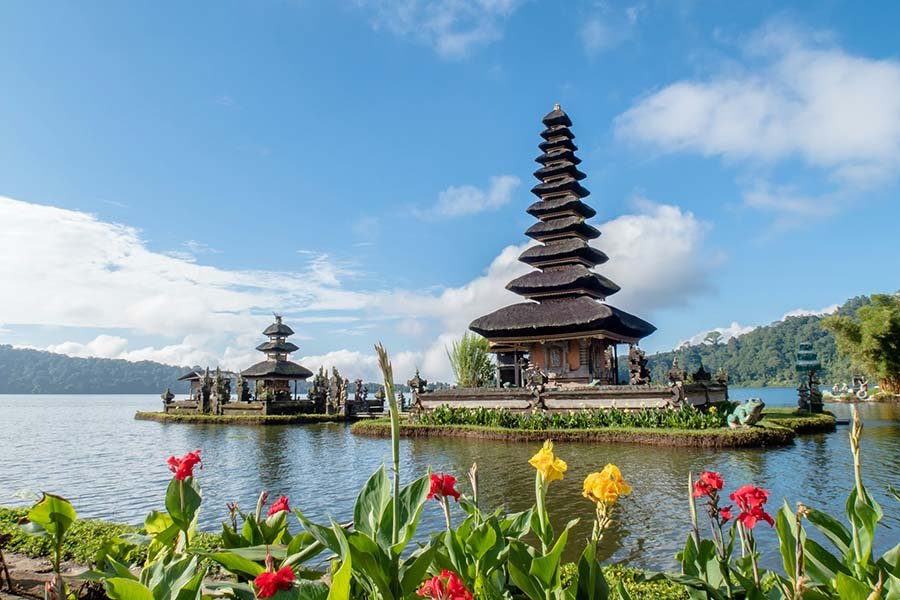читайте также
 Snow Cyclone “Francis” in Russia: Widespread Disruptions at Airports and on Roads
Snow Cyclone “Francis” in Russia: Widespread Disruptions at Airports and on Roads
 Canada tightens scrutiny at land crossings: Asylum claims show a clear decline
Canada tightens scrutiny at land crossings: Asylum claims show a clear decline
 Wealthy Americans eye New Zealand luxury homes: Ban lift reshapes the top end of the market
Wealthy Americans eye New Zealand luxury homes: Ban lift reshapes the top end of the market
 Europe Hit by Storm Goretti: Transport Disruptions and Power Outages
Europe Hit by Storm Goretti: Transport Disruptions and Power Outages
 Snow Disruptions at Brussels Airport
Snow Disruptions at Brussels Airport
 EU Pressures Bosnia Over Visa Policy Divergence
EU Pressures Bosnia Over Visa Policy Divergence
Tourism in Indonesia 2025: Trends and Risks

Photo: Unsplash
Tourist flows to Indonesia are growing, and the industry is evolving with the adoption of new technologies. At the same time, risks remain, primarily linked to natural disasters that cause millions of dollars in damage to the sector. In 2024, more than 1,200 such incidents were recorded. Still, experts maintain an optimistic outlook.
Minister of Tourism Widyanti Putri Wardana reported that in the first half of 2025, Indonesia welcomed 7.05 million international tourists, up 9.44% compared to the same period in 2024. Tourism became one of the factors enabling Indonesia’s GDP to grow 5.12% in Q2 2025, higher than 5.05% in the same quarter of 2024. The main inbound markets remained ASEAN countries, Asia, and Europe.
Meanwhile, occupancy rates in star-rated hotels dropped by 3.54 percentage points in H1 2025. However, the total number of occupied hotel rooms increased by 11.53%. The minister explained this trend by the growing supply on the market, with tourists increasingly opting for villas and alternative accommodations.
To maintain positive momentum, the government is implementing incentive measures. These include discounts from service providers on airline tickets, rail and ferry transport, and toll road payments. Such steps make travel more affordable and support the development of both domestic and inbound tourism.
A Technavio study notes that the sector has shown positive momentum for several years. In 2020, Indonesia hosted over 15 million international tourists, up 5% from 2019, and more than 100 million domestic travelers. Growth has been driven by cultural heritage, diverse natural attractions, and improved infrastructure.
The market divides between chain and independent hotels, and between leisure and business travel. In recent years, demand for sustainable tourism, sports, and gastronomy trips has grown sharply, opening new investment opportunities. Technology is becoming a key growth driver. Online booking, hotel management systems, digital marketing, and demand analytics improve efficiency and allow for flexible pricing. Hotels that adopted revenue management software reported a 10–12% increase in RevPAR, while partnerships with online travel agencies boosted bookings by 30%.
Innovation also shapes customer experience: mobile keys, chatbots, and virtual tours are becoming standard. These advances are paired with sustainable practices—energy saving, waste recycling, and community engagement—that matter to 75% of tourists choosing eco-friendly hotels.
The market is fragmented, with around two dozen notable players. These include Aryaduta Hotel Group, Double-Six Luxury Hotel Seminyak, Katamaran Resort, Kempinski, Novotel Bali, Pullman, The Ascott, and Tugu Hotels. New deals are underway: Marriott signed an agreement to launch Four Points by Sheraton Jakarta Thamrin in 2026; Accor partnered with Lippo Karawaci to rebrand part of its portfolio under Novotel, Mercure, and ibis; and PT Gran Meliya Hotels & Resorts raised $212 million for expansion. The government’s “10 New Balis” program also promises major new investments.
The industry employs more than 12 million people. In the coming years, the focus will be on diversifying tourism products, adopting new technologies, improving revenue management, and ensuring sustainable growth. Risks remain, particularly natural disasters and climate events. In 2024, more than 1,200 incidents—including floods and wildfires—directly impacted infrastructure and tourist flows. Past events, such as the 2018 Lombok earthquake, inflicted $500 million in damage, with recovery taking up to two years.
It’s also important to factor in regulatory risks and complexities: tighter rules and extensions for foreigners, new online declarations—more friction on the demand side. In popular locations, restrictions on new construction and land-use/zoning are being debated and are periodically introduced.
Equally important, inflation pressures both sides of the model:
Costs are rising (wages, F&B inputs, utilities, cleaning/linen, service contracts, insurance).
Demand is compressing as airfares and overall traveler expenses increase—price elasticity caps ADR growth.
FX pass-through to imports. Even with moderate local CPI, imported items (kitchen equipment, HVAC, elevators, software, licenses, OTA commissions billed in foreign currency) become more expensive due to exchange-rate swings. This is a “second inflation” that doesn’t always show up in headline CPI.
Inflation in tourism isn’t just about CPI; it’s about structurally rising operating costs plus limited pricing power. Without timely tariff reindexation, energy-efficiency measures, and disciplined channel management, even growing tourist flows don’t guarantee margin preservation: nominal revenue rises while net yield declines.
Indonesia’s tourism sector is expanding, but project profitability depends not only on demand; it hinges on risk management quality. Investors who model returns without accounting for natural-disaster and regulatory risks often end up negative on free cash flow and see exit multiples compress.
The global hotel industry outlook remains positive—a roughly 6.5% CAGR over the next five years. From 2025 to 2029, experts expect the tourism and hotel market to increase by US$11.44 billion, with total market opportunities potentially reaching US$60.90 billion.
The outlook for the global hotel industry remains positive, with an average annual growth rate of about 6.5% over the next five years. From 2025 to 2029, experts expect the tourism and hotel market to increase by US$11.44 billion, with total market opportunities potentially reaching US$60.90 billion.
We recommend looking at markets where branded hotels are still scarce and tourism growth is steady and resilient. In particular, branded hotels in Georgia are currently attracting investors from a range of countries—including Israel, the UAE, and the United States—thanks to strong yields, capital appreciation, and investor-friendly terms.
Подсказки: Indonesia, tourism, Bali, hotels, travel industry, ASEAN, economy, investment, sustainability, natural disasters





